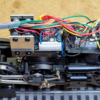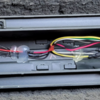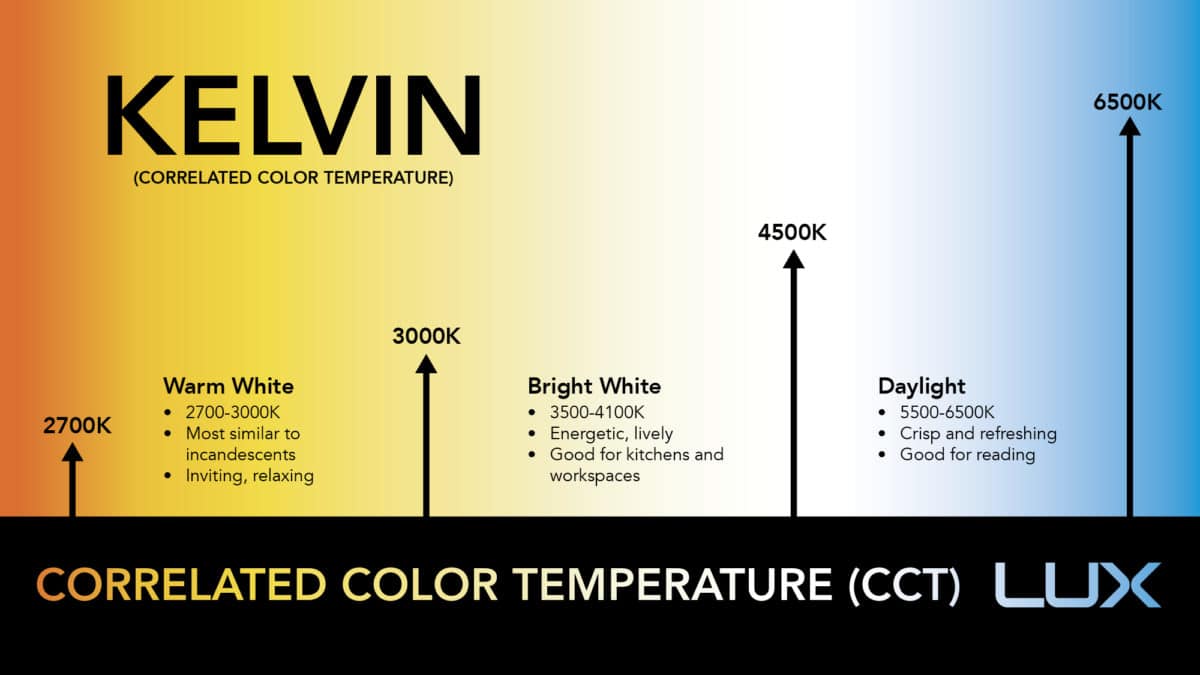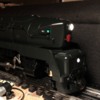I've wanted the scale T1 Duplex for some time, but it wasn't until recently I managed to score one that was in great shape, but of course needed a little TLC in the operational area.
First off, I wanted to use the RailSounds 6 Legacy sounds, but with TMCC that leaves audio features that doesn't work. So, I decided to upgrade the locomotive to Legacy, that way the tender could use the full Legacy RailSounds. I selected the standard Legacy R4LC-S03 and the Legacy 691-DCDE-102 back-EMF motor driver. The older modular boards were chosen based on the RailSounds 6 sounds for the T1 Duplex, they are not compatible with the newer RCMC electronics, some of the serial commands are different. The project was able to use the existing TMCC motherboard and IR transmitter, also much of the existing wiring.
Of course, I needed a chuff switch, so I added my Chuff-Generator and for smoke unit control I also added the Super-Chuffer II, Legacy code version.
There were a few bumps along the way, I first found out that the Legacy back-EMF board will NOT share the serial data with any other devices, if I connected anything else, the board refused to function. It was even more perplexing as when viewing the serial data coming in, it looked perfect and at full amplitude. However, as soon as I removed the smoke regulator serial data, the back-EMF board sprang to life and worked fine. Ditto with sharing it with the IR transmitter on the drawbar. I finally ended up with not one but two serial port buffers to separate the serial data to all devices, and finally harmony returned to the operation.
Since this was going to be a real upgrade, I also upgraded all the lighting. Everything but the lower headlight has been replaced by an LED. The lame single bulb that attempted to illuminate the upper headlight and the two number boards / markers was removed. Each number board got two surface mount LED chips to properly illuminate them, and of course the headlight was replaced with an LED as well. The cab light was also replaced with an LED to round out the picture. Rule-17 headlight and automatic cab light control were supplied by the Super-Chuffer II board.
In a departure from the Lionel wiring scheme, I wired all the lights within the shell and brought all the connections down in a single 6-pin connector, that also included the antenna. This allows easy separation of the boiler shell from the chassis with one plug. I so abhor the shell spaghetti wiring of early TMCC models, this was a great chance to make it better.
Chassis completed, time to move on to the boiler shell lighting.
Boiler shell lighting wiring. Note all the lighting and antennas connect using a single connector, and all the wiring is out of the way..
The completed locomotive, now it has real lighting and you can actually see that it has lighted number boards and class lights.
Next up? The tender gets it's Legacy Sound and Lighting upgrade. It will have the same sound set as the Legacy LionMaster T1 Duplex, which is considerably better than the old RS4 sounds. Conveniently, if you happen to use the crew-talk or tower-com, the numbers are the same, #5511.
Boards mounted and ready to wire.
Wiring completed and tested, ready to drop the shell on.
I'm also contemplating stripping the LCS transmitter from one of my Sensor Boxcars and adding it to the tender. That would give me the capability of using the LCS IRV2 sensor tracks that I spent so much money on.
Edit: Added build pictures I missed the first time.
































